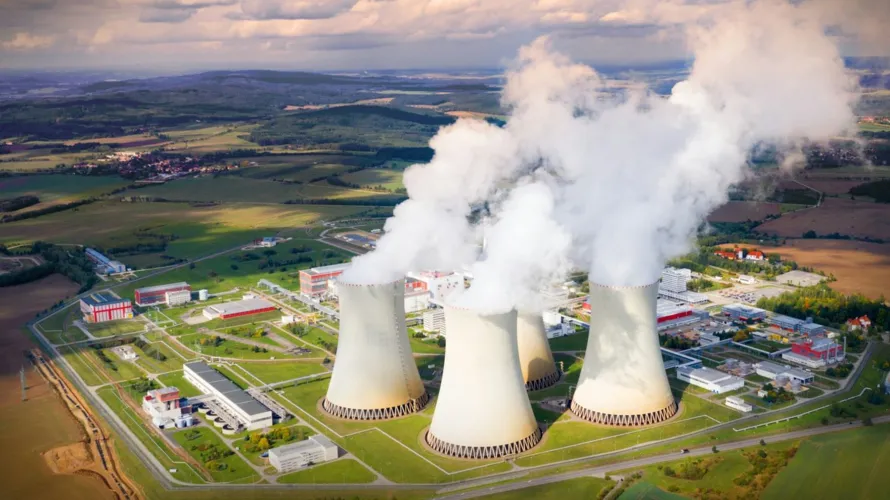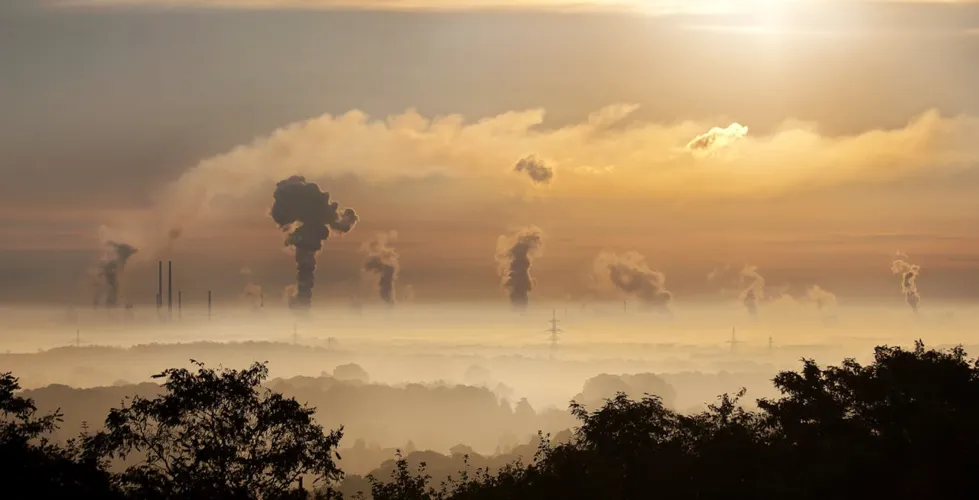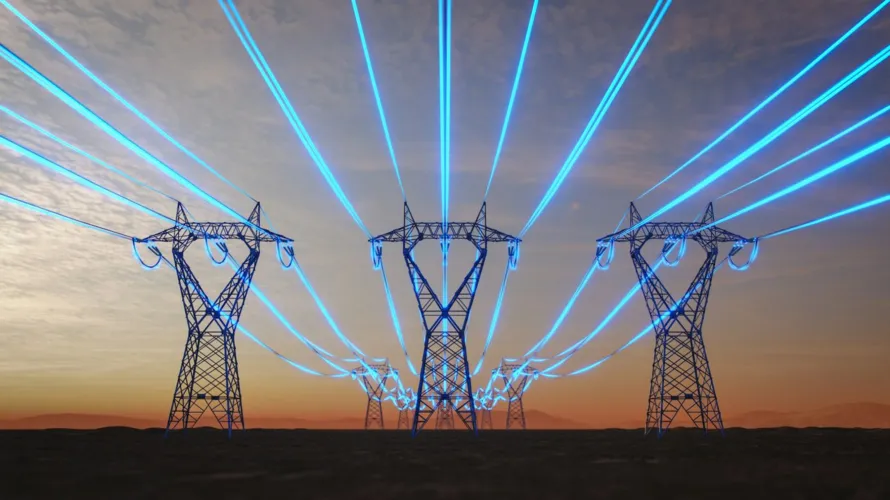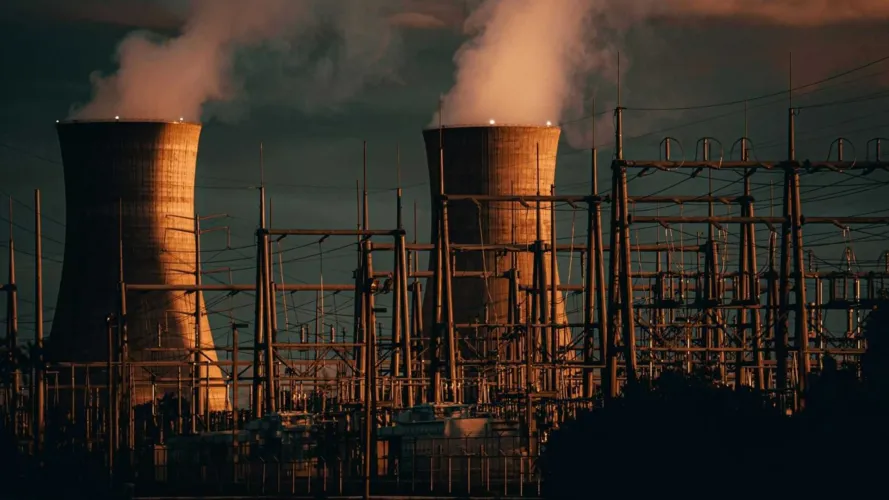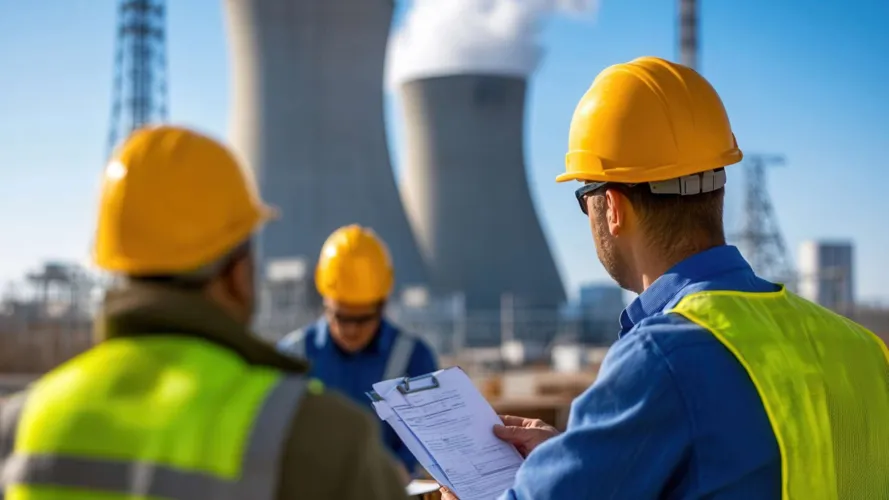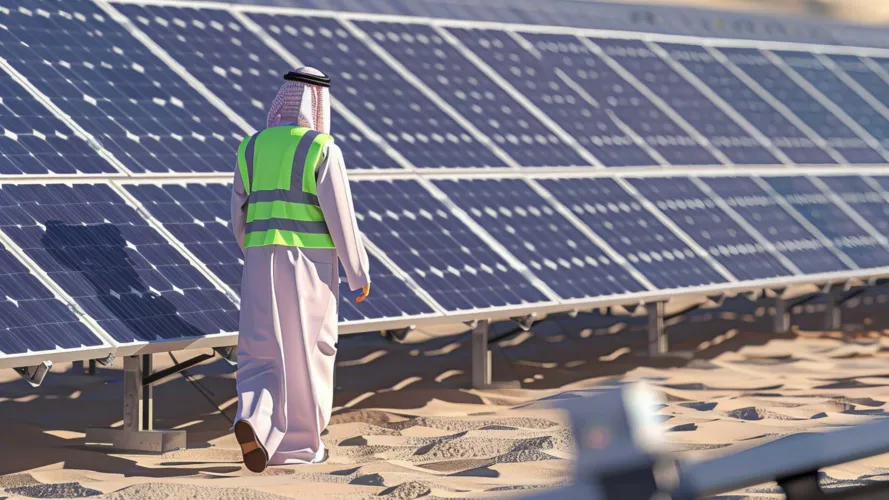Saudi Renewable Hydrogen Projects Near 80% Completion
Saudi Arabia’s flagship NEOM Green Hydrogen Project has reached 80% construction completion as of early 2025, marking a major milestone in the Kingdom’s clean energy ambitions. Located in Oxagon, NEOM, the facility integrates a wind garden, solar farm, transmission grid, and hydrogen production plant — all powered by 4 GW of renewable energy. Once operational, it will produce up to 600 tonnes of green hydrogen daily in the form of ammonia, with commissioning slated for 2027.
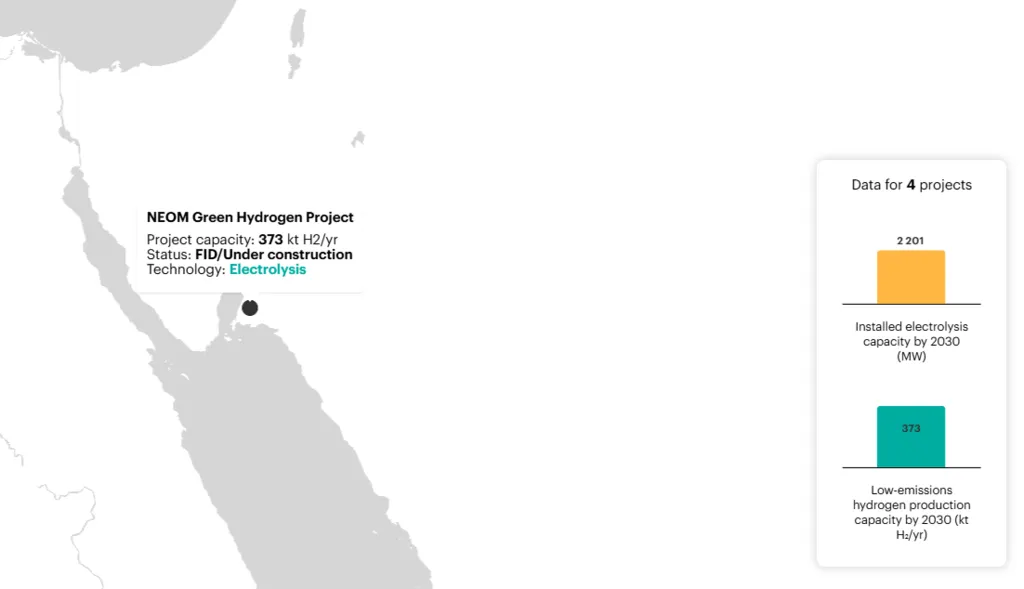
This mega-plant, developed by NEOM Green Hydrogen Company (NGHC) — a joint venture between ACWA Power, Air Products, and NEOM — is the world’s largest green hydrogen-based ammonia production facility. It’s expected to eliminate 5 million metric tonnes of CO₂ emissions annually, positioning Saudi Renewable Hydrogen Projects as a cornerstone of global decarbonization efforts.
Hydrogen as a Pillar of Saudi Energy Diversification
Saudi Arabia’s Vision 2030 aims to generate 50% of its electricity from renewables by the end of the decade. Hydrogen — both green and blue — is central to this strategy. The Kingdom plans to produce 4 million tonnes of clean hydrogen annually by 2030, capturing over 27 million tonnes of CO₂e in the process.
The Yanbu Green Hydrogen Hub, set to launch by 2030, will feature its own renewable power generation, desalination plants, and export terminals. ACWA Power has also signed agreements for seven solar and wind projects totaling 15 GW, reinforcing the infrastructure needed to support hydrogen electrolysis and ammonia conversion.
Saudi Renewable Hydrogen Projects are not just domestic endeavors — they’re designed to serve global industrial demand with competitive pricing and scalable supply chains.
Global Hydrogen Demand Could Replace 37% of Oil by 2050
The global green hydrogen market is projected to grow over 40% annually, reaching $72 billion by 2030. By 2050, hydrogen could replace 37% of global oil production, with clean hydrogen accounting for up to 10% of the world’s energy mix.
Saudi Arabia is positioning itself to meet this demand. With production costs as low as $2.16/kg for green hydrogen — and potentially $1.13/kg for blue hydrogen — the Kingdom offers one of the most cost-effective solutions globally. Its sunny, windy desert landscapes provide ideal conditions for renewable energy generation, while existing oil infrastructure supports rapid scaling and export.
Saudi Renewable Hydrogen Projects are designed to meet the needs of industries like steel, shipping, and heavy-duty transport, which are increasingly pivoting toward hydrogen-based fuels.
$8.4B NEOM Investment and Strategic Global Partnerships
Saudi Arabia’s hydrogen ambitions are backed by robust financial and diplomatic support. The NEOM Green Hydrogen Project secured an $8.4 billion financial close in 2023, including a $6.1 billion non-recourse loan from 23 banks and institutions.
International partnerships are multiplying. Agreements have been signed with TotalEnergies, Edison, Zhero Europe, and EnBW to create a green hydrogen corridor from Saudi Arabia to Europe. The Kingdom is also collaborating with Germany, Korea, India, Egypt, and the United States on hydrogen production, technology exchange, and infrastructure development.
These partnerships are not symbolic — they’re operational. Saudi Arabia has already shipped its first commercial batch of clean ammonia to Korea and is building dedicated export terminals to serve markets in Europe and Asia.
Long-Term Economic Impact: $700B Market by 2050
Saudi Arabia’s clean hydrogen strategy is more than an environmental initiative — it’s a long-term economic play. The global hydrogen market is expected to reach $640 billion by 2030 and $700 billion by 2050. The Kingdom aims to capture a significant share by producing 1.2 million tonnes of green hydrogen annually by 2030 and 11 million tonnes of blue ammonia.
Its strategic location along major trade routes enables fast shipping to Northern Europe, Japan, South Korea, and Singapore. Financing costs in Saudi Arabia are 200 basis points lower than in Germany, giving it a clear comparative advantage in international hydrogen trade.
Also Read: Saudi Arabia Expands Green Hydrogen With Key Partnerships


